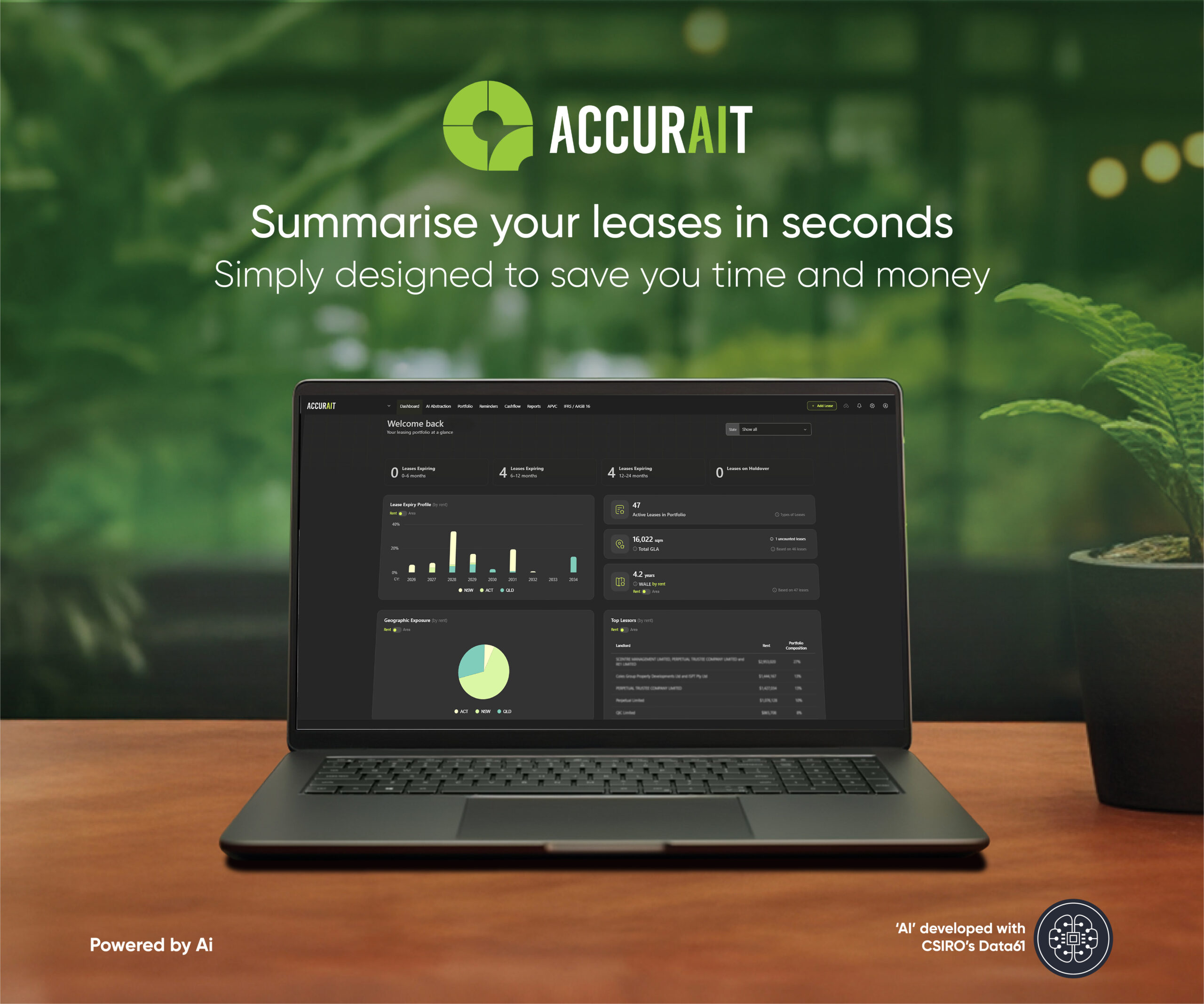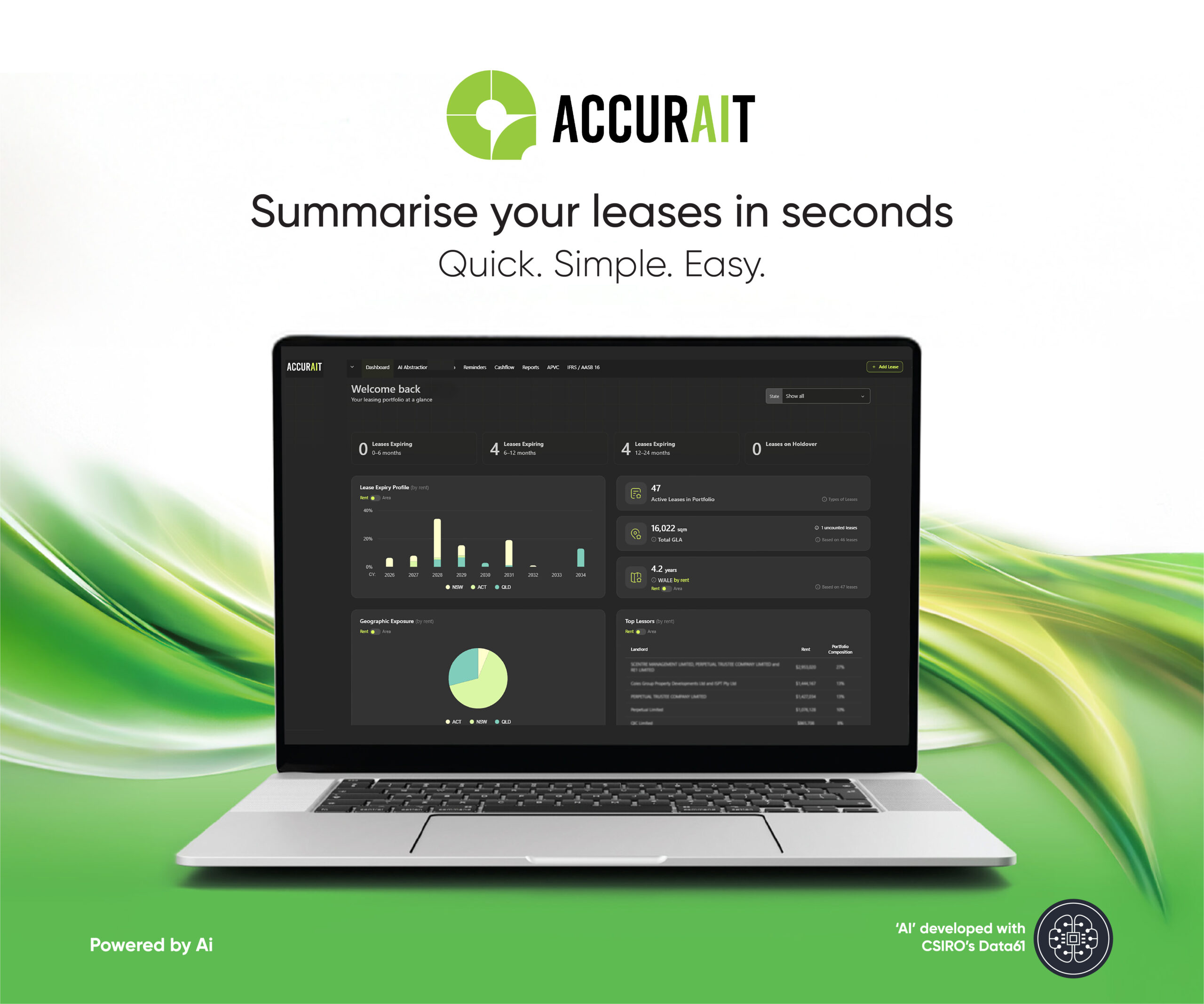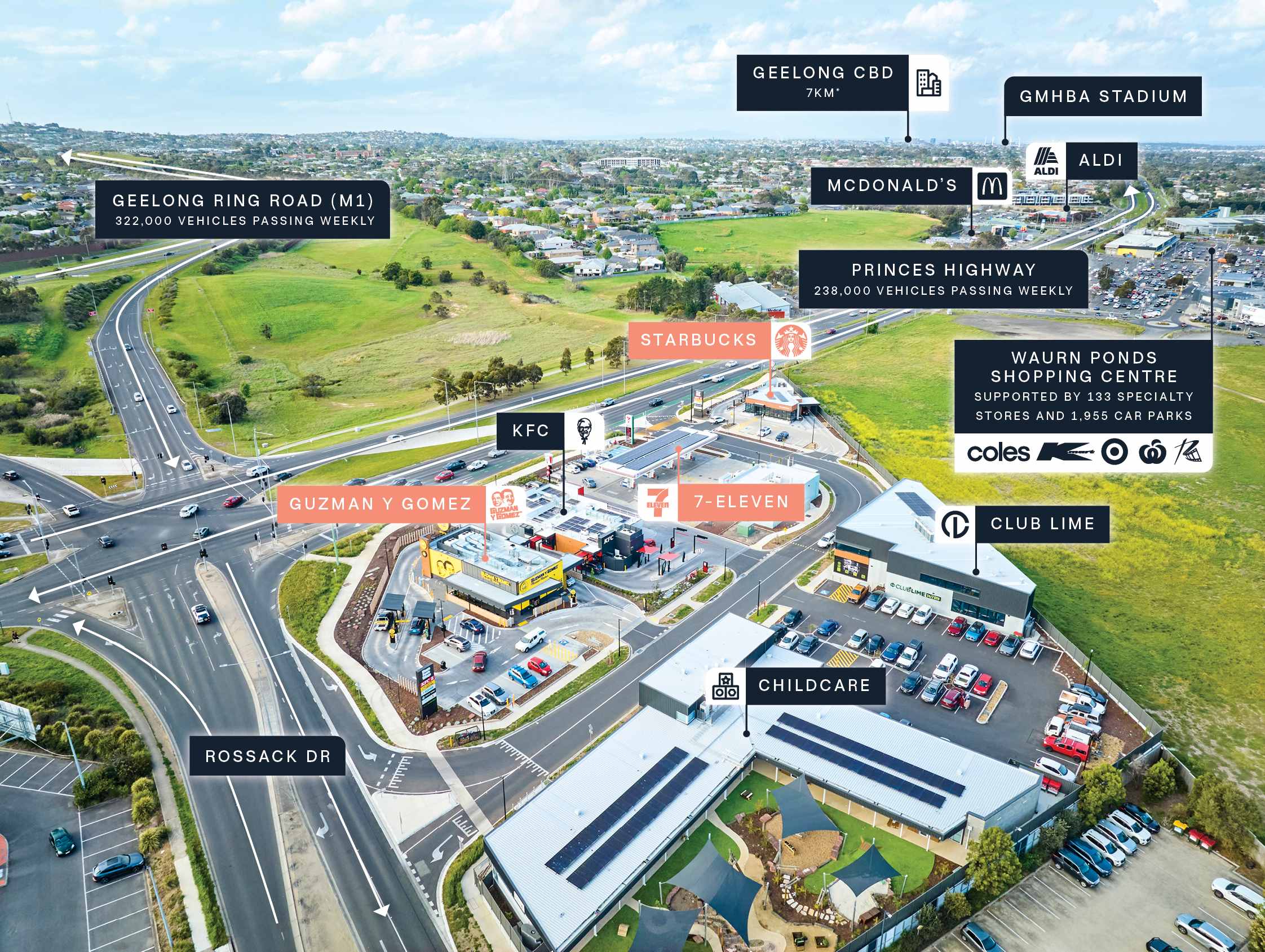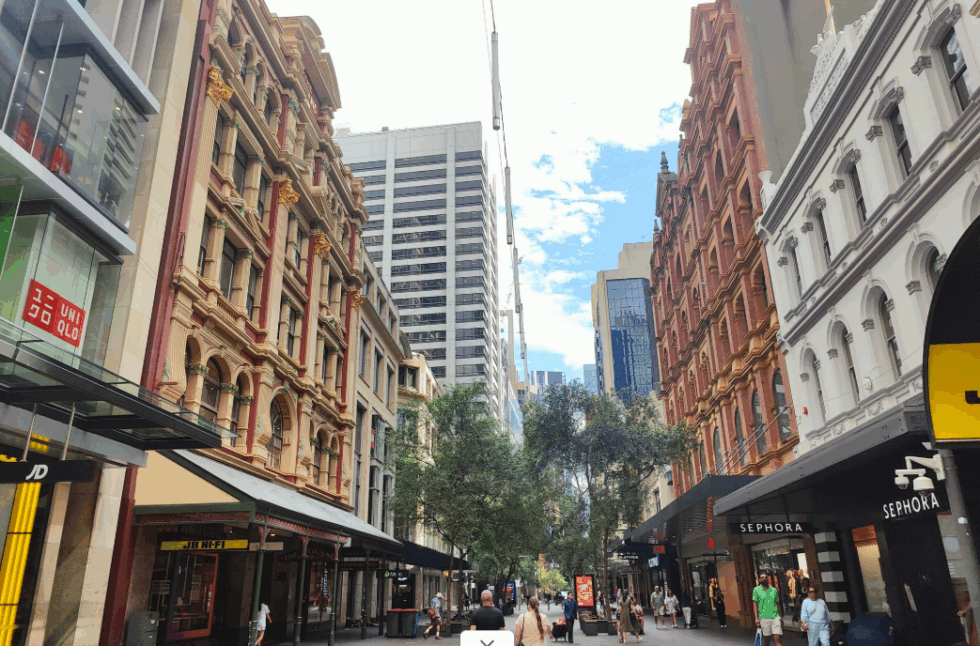
Retail is back on investors shopping list as assets values are rebased, and retail spending continues to grow from a high base.
GPT today releases its inaugural research title which emphasises Australian shopping centres are returning to investor’s value proposition, with limited supply of new retail space and tight market conditions underpinning the sector.
Chris Barnett, Head of Retail said: “Factors fuelling retail sales growth include the supportive macroeconomic environment, consumer health, and retail industry recovery, with several trends pointing toward an optimistic outlook for Australia’s retail sector.”
“While the impacts of the global tariff reset are still emerging, Australia is likely to see less volatility than other economies, improving its credentials for offshore capital investment. A shift to defensive investments will benefit real estate, particularly retail, which has low supply and solid fundamentals.”
Key Drivers of Retail Investment Growth:
- Supportive Economic Fundamentals creating a fertile ground for retail consumer spending and demand for facilities.
- High predicted population growth (7.3% over 5 years) is outstripping growth in retail stock (0.9% over 5 years) and fuelling Australian retail sales per sqm to grow at 3.3% p.a. by 2030, compared with 2.5% over the decade to 2024.
- Household balance sheets continue to improve over the last five years with total assets increasing 37% and total equity up 42%, boosting consumer confidence.
- High predicted population growth (7.3% over 5 years) is outstripping growth in retail stock (0.9% over 5 years) and fuelling Australian retail sales per sqm to grow at 3.3% p.a. by 2030, compared with 2.5% over the decade to 2024.
- Structural market advantages showing sector resilience and an ability to adapt and thrive.
- Limited supply: high replacement costs are driving incremental investment into existing retail assets and driving rental growth. There is an underlying supply shortfall of 1.1 million square metres by 2030.
- Favourable category exposure with supermarkets as an anchor tenant drives foot traffic to centres.
- Attractive income yields: growth can be delivered via stepped specialty rental increases from a diversified tenant base, with the longer term potential to add value from land rich sites via mixed-use schemes.
- Consumer spending power is improving thanks to favourable economic conditions including a decline in inflation and interest rates.
- Real wage growth of 0.9% pa and a drawdown of savings, coupled with improved balance sheets, are being capitalised in retail.Increasing value in residential housing assets has been a key contributor to household wealth and spending.
- Real wage growth of 0.9% pa and a drawdown of savings, coupled with improved balance sheets, are being capitalised in retail.Increasing value in residential housing assets has been a key contributor to household wealth and spending.
- Bricks and mortar retailers are growing and capturing a bigger share of the online market, underpinning rental growth.
- Retailer expansion ambitions are clear: 58% of brands have said they intend to grow their physical store presence in the next 5 years.Retailers may benefit from discounted excess inventory previously earmarked for the US.
- Omni-channel outpaces pureplay online with 91% of sales growth expected to be driven by retailers with a physical presence versus 9% pureplay online over the next 8 years.
- Passing the inflection point
- Improved market conditions, with low vacancy rates and strong sales, combined with attractive valuations, create a solid foundation for investment.
- Retailer capacity for rental growth has improved signalling a strong income outlook.
- Institutional capital re-engaging in the market driven by a correction in valuations and confidence in the sector’s underlying fundamentals, the demand for retail investments is increasing.
- Risks are now priced-in, with a clear pathway for income-led returns, making retail a more attractive asset class for investors.
- Global Investment Trends
- Globally, retail investment remains strong, with the top 20 buyers investing $32 billion (USD) in retail properties in 2024. The retail share of transaction volumes in the US is now back at 2017 levels, signalling a broad recovery in global retail investments.
- As more core and core-plus capital continues to re-enter the retail sector globally, we expect to see high quality retail assets keenly contested.
- Elevated global uncertainty and volatility should result in inbound capital into Australia due to its stable economic conditions and resilience.
Outlook for retail
2025 is forecast to be a year of economic recovery, and the retail sector is on track to deliver attractive risk-adjusted returns. Managers are unlocking embedded value in shopping centres and outperforming valuation assumptions.
Tight market conditions, competition for space in the right locations, low supply, high yields and sustainable income growth will put retail at the top of investors shopping lists.











